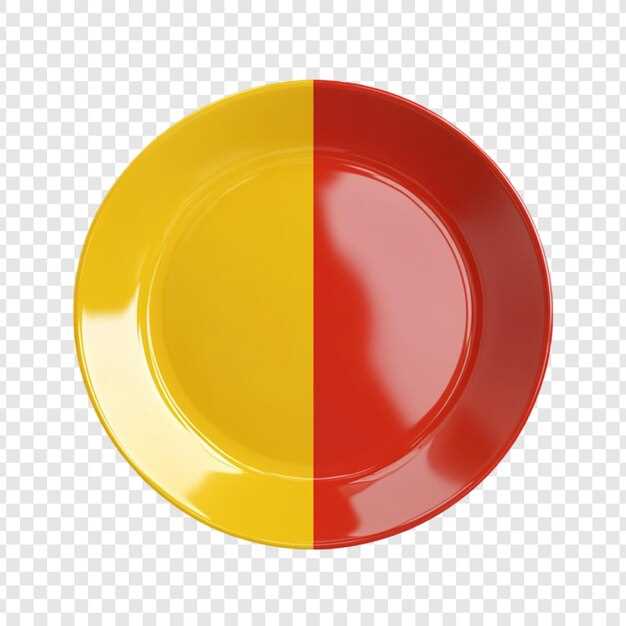
Understanding the color coding of UK license plates is essential for anyone navigating the roads or looking to purchase a vehicle in the United Kingdom. The specific use of color not only serves aesthetic purposes but also plays a crucial role in identifying the type of vehicle and its intended use. In this article, we will delve into the significance of the two primary colors seen on license plates: white and yellow.
White number plates are typically used on the front of vehicles and signify standard cars that are privately owned. This color is not only easy to read but also adheres to legal specifications designed to enhance visibility for law enforcement and other drivers. In contrast, yellow number plates are exclusively found at the rear of vehicles. Their distinct hue indicates that the vehicle is meant for standard road usage, while also differentiating it from commercial or temporary plates.
Both colors serve vital functions, contributing to road safety and vehicle identification across the UK. Understanding these color codes is essential for drivers, potential car buyers, and anyone interested in the UK’s vehicle regulations. Throughout this article, we will explore the history, regulations, and significance of these colors in greater detail.
UK License Plate Colors Explained: White and Yellow
In the United Kingdom, vehicle registration plates are designed to improve visibility and enhance identification. The most common colors used for these plates are white and yellow, each serving a distinct purpose.
White plates are primarily used for the front of vehicles. This color was chosen for its high reflectivity, making them easily visible in various lighting conditions. The standard white plate features black characters that provide a clear contrast, ensuring that information is easily readable. This design applies to both private cars and some commercial vehicles.
On the other hand, yellow plates are designated for the rear of vehicles. Similar to white plates, yellow plates also have black characters, which offer excellent visibility. The use of yellow for rear plates helps differentiate between the front and back of the vehicle, contributing to improved safety on the roads. This color scheme has been in practice since 2001, in alignment with regulatory standards aimed at reducing confusion in identifying vehicles.
Both white and yellow plates must comply with specific rules regarding font size, character spacing, and the inclusion of identifiers such as the British Standard mark. These regulations are in place to ensure consistency and clarity across the entire vehicle registration system.
In special cases, such as diplomatic or emergency vehicles, different color plates may be used; however, the standard white and yellow remain the most widely recognized and utilized for everyday vehicles in the UK.
Understanding the Significance of White License Plates in the UK
White license plates play a pivotal role in the identification and regulation of vehicles on UK roads. These plates are primarily used for private cars and light vehicles, and they adhere to specific standards set by the UK government. The white background denotes that the vehicle is primarily driven during the day and serves as the standard color for front license plates.
One of the primary reasons for the adoption of white plates is visibility. The white background enhances the legibility of registration numbers, especially during daylight hours. This feature is crucial for law enforcement and traffic monitoring, ensuring that vehicles can be easily identified. Additionally, the contrast between the white plate and the black characters makes it more straightforward to read from a distance, aiding in the quick identification of vehicles.
The importance of white license plates extends to their alignment with vehicle taxation and regulation. In the UK, vehicles with white plates are typically registered as ‘standard’ cars, which allows owners to pay the relevant Vehicle Excise Duty (VED). A white plate signifies compliance with UK regulations, further helping law enforcement agencies track vehicles for tax-related purposes.
Moreover, the design and color of license plates can also convey essential information about the age and type of the vehicle. For instance, white plates are commonly associated with vehicles registered since 2001, which utilize the current alphanumeric system. This information is crucial for potential buyers and insurance companies, as it helps assess the vehicle’s value and qualification for various insurance policies.
In summary, white license plates in the UK are significant not only for their role in vehicle identification but also for their impact on taxation, regulation, and road safety. Understanding their importance helps drivers comply with legal requirements while contributing to the organized management of vehicular traffic.
| Aspect | Details |
|---|---|
| Visibility | Enhances legibility of registration numbers during the day. |
| Regulatory Compliance | Signifies registration as a ‘standard’ vehicle for taxation purposes. |
| Vehicle Identification | Allows law enforcement to quickly identify vehicles on the road. |
| Age Identification | Indicates the vehicle’s registration year and compliance with alphanumeric systems. |
When to Use Yellow License Plates: Regulations and Requirements

In the UK, yellow license plates are specifically designed for certain types of vehicles and circumstances. Understanding when to use them is crucial for compliance with legal requirements. Below are the essential regulations and requirements regarding the use of yellow license plates.
Yellow plates are primarily used for:
- Commercial Vehicles: Goods vehicles over 3,500 kg, excluding passenger cars, must display yellow number plates on the rear.
- Taxi Vehicles: Taxis and private hire vehicles are required to use yellow plates to distinguish them from private vehicles.
- Diplomatic Vehicles: Certain diplomatic vehicles may also utilize yellow plates as per specific regulations.
The following regulations apply to the use of yellow plates:
- Visibility: Yellow plates must be easily readable from a distance, ensuring compliance with UK road safety laws.
- Standard Size: Plates must adhere to standard size requirements, ensuring they fit within legal dimensions. The standard dimensions include 520mm x 111mm for standard vehicles.
- Registration Details: All plates must display the vehicle registration number clearly, along with any appropriate markings or symbols required for specific categories.
- Reflectivity: The plates must be reflective, providing high visibility in low-lit conditions.
Failure to comply with these regulations can result in fines or penalties. Vehicle owners should ensure their yellow plates meet all necessary legal standards and conditions for their specific vehicle category.
It is essential to review any updates to the regulations, ensuring full compliance with the latest legal requirements regarding yellow license plates.
How License Plate Colors Impact Vehicle Identification and Visibility

The colors of license plates play a crucial role in enhancing vehicle identification and visibility on the road. In the UK, the use of distinct colors–white for the front and yellow for the rear–serves specific purposes in aiding recognition and law enforcement.
High Visibility is one of the primary advantages of the contrasting colors used in UK license plates. The bright white front plate reflects light effectively, making it easier to spot during the day, while the yellow rear plate stands out against darker backgrounds, such as nighttime or poorly lit environments.
Moreover, standardization of license plate colors contributes to uniformity across the vehicle fleet. This standardization allows for quicker identification by the public and law enforcement, facilitating the efficient recognition of vehicles in various situations, from daily commutes to emergency responses.
Color differentiation aids in intelligence gathering. For example, police can instantly identify the type of vehicle from the color of its plates, which can assist in various operations, including tracking stolen vehicles. With a quick glance, officers can determine whether a vehicle aligns with suspects’ descriptions based solely on plate color.
Furthermore, reflectivity is a key aspect of license plate design. The materials used often enhance visibility in lower light conditions, ensuring that plates can be read from a distance. This is particularly important during nighttime patrols or in foggy weather, where clarity can significantly impact safety and security.
In summary, the strategic use of white and yellow in UK license plates maximizes vehicle identification and ensures visibility, ultimately facilitating safer roads and effective law enforcement practices.
